With cryptocurrency and blockchain here to stay, the Pi Network has all the ingredients to continue making waves in the industry.
Gone are the days when cryptocurrencies were merely digital curiosities; today, they are an intrinsic part of the mainstream technology and investment landscape. Among the latest ones to gain attention is Pi Network, which is turning heads in the crypto community and being hailed as a novel approach to digital assets. This popular network is different from others as it focuses on enhanced accessibility and user-friendly mining, thus addressing the issues that normally plague other digital currencies. While the full extent of the Pi Network’s potential is yet to be unearthed, there’s optimism surrounding the advantages it could bring to users. In this comprehensive article, we will delve into the world of Pi Network and explore how it is capturing the imagination of network builders, early adopters, and crypto enthusiasts across the world.
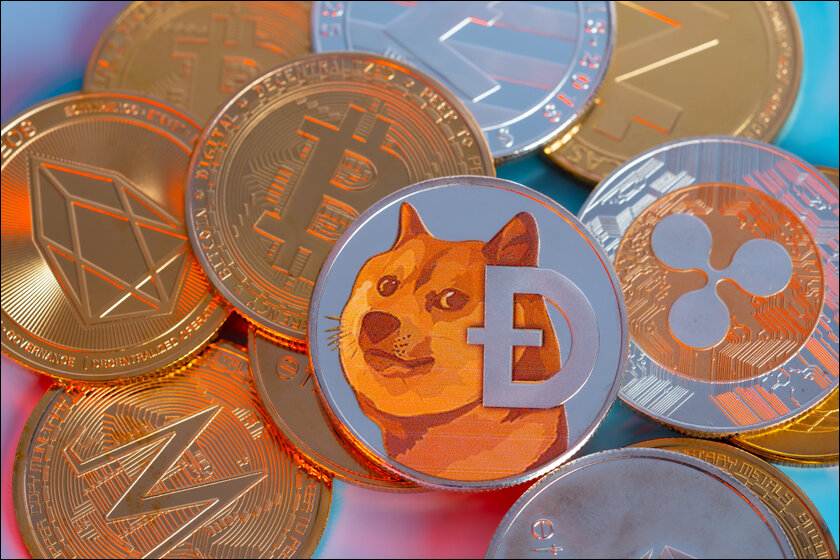
What is Cryptocurrency Mining?
To give you a simple perspective, we need to first explore what crypto mining is. It is a process where transactions are verified and added to a public ledger or the blockchain. So, one would not be able to buy cryptocurrency or exchange it on platforms without mining. Additionally, mining introduces new coins into circulation, but it usually requires substantial energy consumption and computational resources.

Demystifying the Pi network
The Pi Network is a mobile-first crypto project based on the Pi coins. The coins are a decentralized cryptocurrency powering the network, whose purpose is to allow users to mine crypto from their mobile phones and encourage decentralized peer-to-peer transacting. So, people can gain Pi coins via the app on this mobile mining blockchain by executing simple tasks on their smartphones.
Launched in 2019 by Stanford Ph.D. Dr. Chengdiao Fan and Dr. Nicolas Kokkalis, the Pi Network is presently in its development Phase 3, called the “Enclosed Mainnet”. While the Mainnet launch has been delayed to the end of 2024, users will be easily able to mine Pi and freely interact with the network blockchain once it launches.
There are a few interesting things about the Pi coins and network. Firstly, the coins have a limited supply in circulation, unlike Bitcoin. Moreover, the Pi Network has not set a maximum supply for the coins yet. And since the Mainnet is presently enclosed, the Pi coins have not been listed on any exchange platforms, which means that they cannot be traded on crypto exchanges or even shared out of the network yet. So, currently, the Pi coins have an intrinsic value of zero, but their predictive value continues to be around USD 33-40. Also, their value is predicted to go as high as USD 163.46 in 2025.
Pi Network Mining: Benefits and Risks
There is no denying that the Pi Network brings a fresh perspective to the cryptocurrency space to democratize mining, making it accessible to all. Since there are not many cryptocurrencies out there that allow users to mine them via smartphone apps, the Pi Network is unique. Also, the fact that users do not need any expensive hardware or specialized knowledge to mine PI coins is a huge bonus. It also makes for an appealing prospect for newcomers on the crypto scene.
Going further, the Pi Network is careful with user data. One does not need to provide any sensitive information to join. A Facebook account or a simple email address is enough. That being said when the network moves out of its test phase and the Mainnet goes up and active, there will be a KYC procedure that will be required to confirm the legitimacy of the miners.
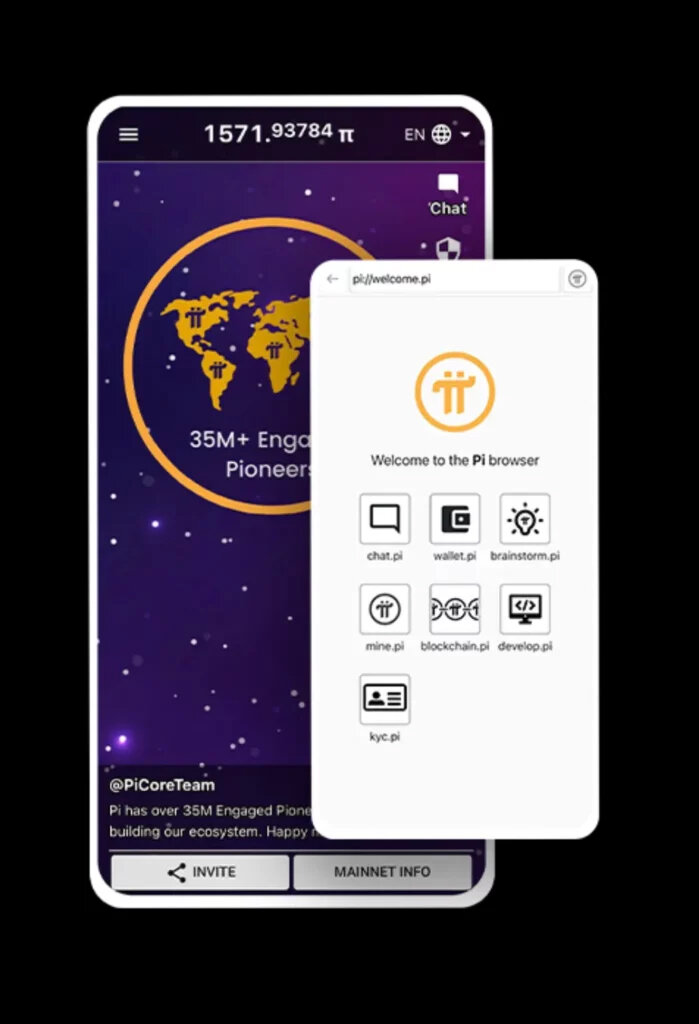
Yet, after all is said and done, the Pi Network is not without its risks. Despite the project’s Mainnet launch being on the brink, the Pi coins still have no value currently. Any price is an indicative price of when the Mainnet will be launched. Hence, their future price is still unknown. Plus, as mentioned earlier, they cannot be traded on cryptocurrency exchanges either. The success of the project largely depends on its ability to move out from the test network to possibly become a fully functional blockchain. Considering how long the test phase has been taking and now its delay until the year’s end, users might still naturally be cautious.
After all is said and done, the Pi coins and network are perfect examples of the phrase, “If it sounds too good to be true, it probably is”. The Pi Network undoubtedly represents an unexplored yet promising domain in the world of cryptocurrency, making for an exciting alternative to traditional digital assets. With no other equipment required and no start-up costs, it is easy to see the appeal. Moreover, it has pledged a commitment to accessibility, has a strong community base, and has an innovative user-friendly approach. With cryptocurrency and blockchain here to stay, the Pi Network has all the ingredients to continue making waves in the industry.
In case you missed:
- The Life of Pi Network – FAQs and Everything Else You Want To Know
- The Pi Network: IOUs, Coins, And The Network’s Future
- The Pi Mainnet Launch – What It Heralds For The Pi Coin and Pioneers
- Pi Day 2025: What Awaits The Pi Network on March 14th?
- Here for the ‘Pi’: Pi Day 2 Updates for the Cryptocurrency
- Bitcoin Halving: Everything You Want to Know
- A Beginner’s Guide to Cryptocurrency Trading in India – Part 2
- A Beginner’s Guide to Cryptocurrency Trading in India – Part 1
- Cryptocurrency Cloud Mining: How Does It Work?
- The Price Of Money: Can Cryptocurrency Go Green?

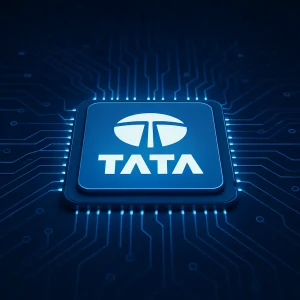


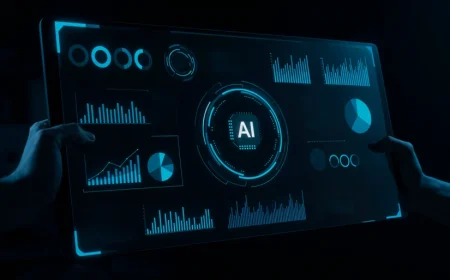


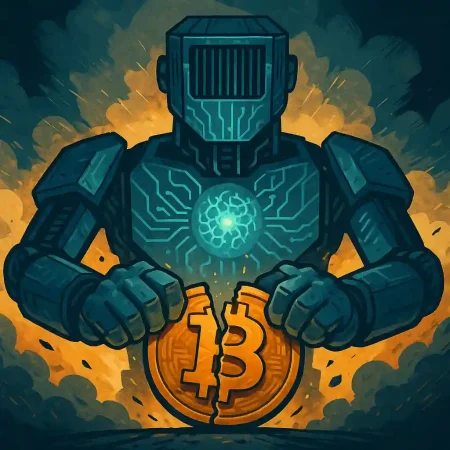
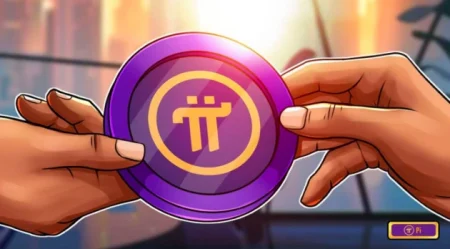

2 Comments
Thanks for clarification on Pi Network. I’m a Ugandan by nationality and an active member of Pi. We are mining and waiting for the official launch of Pi. Keep me updated on Pi.
And if you have time you can update me on YEM.
Thanks 🙏
Hi Sam
Thanks for the read!
Here’s another recent article on the Pi Network: https://www.sify.com/cryptocurrency/the-pi-network-ious-coins-and-the-networks-future/.
Please watch this space for more discussion about the Pi Network.
Cheers